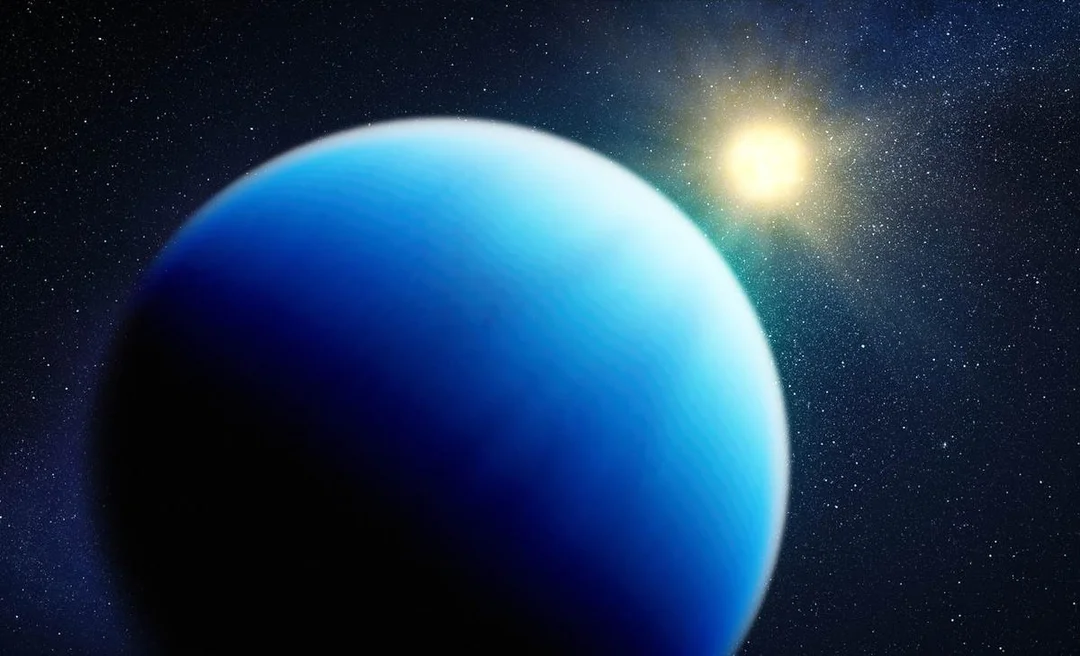
Webb Telescope Unveils Clear Skies and Surprising Chemistry on Hot Sub-Neptune TOI-421 b
NASA's James Webb Space Telescope is rewriting our understanding of exoplanets, specifically the common yet mysterious sub-Neptunes. New observations of TOI-421 b, a scorching planet orbiting a Sun-like star, reveal an unexpectedly clear, hydrogen-rich atmosphere, challenging previous assumptions about these distant worlds. This breakthrough provides valuable insights into planet formation and evolution, raising questions about why similar planets are absent in our own solar system.

Sub-Neptunes, planets larger than Earth but smaller than Neptune, are the most prevalent type of exoplanet in the Milky Way. Yet, their thick, often cloudy atmospheres have hindered detailed study. The observation of TOI-421 b marks a turning point, as Webb's powerful instruments were able to pierce through the haze and analyze its atmospheric composition. Eliza Kempton, principal investigator from the University of Maryland, expressed her excitement, stating, "I had been waiting my entire career for Webb so that we could meaningfully characterize the atmospheres of these smaller planets."
A key finding is the presence of water vapor, along with tentative signs of carbon monoxide and sulfur dioxide. Surprisingly, the atmosphere is predominantly hydrogen, resembling the composition of its host star. Brian Davenport, a Ph.D. student at the University of Maryland, who led the data analysis, said, "We saw spectral features that we attribute to various gases, and that allowed us to determine the composition of the atmosphere. Whereas with many of the other sub-Neptunes that had been previously observed, we know their atmospheres are made of something, but they’re being blocked by haze."
This discovery contrasts with previous Webb observations of cooler sub-Neptunes orbiting red dwarf stars, which exhibited hazy atmospheres with heavier molecules. TOI-421 b, orbiting a Sun-like star at a scorching 1,340 degrees Fahrenheit, appears to buck this trend. Its high temperature prevents the formation of methane and subsequent haze, resulting in a remarkably clear atmosphere.
The peculiar hydrogen-rich atmosphere has led scientists to believe that TOI-421 b may have formed and evolved along a different pathway compared to its cooler counterparts. The similarity in composition to its host star suggests a formation process akin to the gas giants in our solar system, where the planet's atmosphere mirrors the star's.

The team's findings prompt further investigation into hot sub-Neptunes orbiting Sun-like stars to determine if TOI-421 b represents a broader trend or a unique case. As Davenport puts it, "We've unlocked a new way to look at these sub-Neptunes... So by looking at sub-Neptunes of this temperature, we're perhaps more likely to accelerate our ability to learn about these planets."
This groundbreaking research presents exciting possibilities for understanding the diversity of exoplanets and planet formation mechanisms. What new secrets will JWST unveil as it continues to explore these distant worlds? Leave your thoughts and predictions in the comments below.